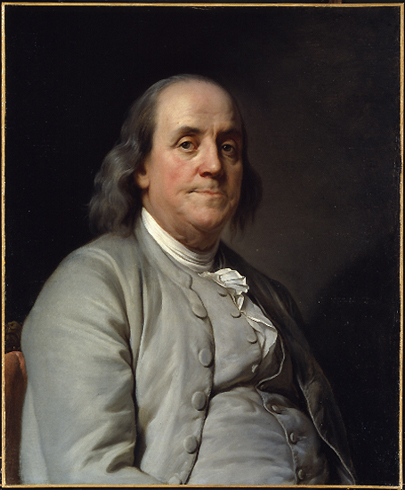Each of Dickinson's poems is composed of basic words arranged in a way that appears deceptive. Strange groups of these words, as well as the structure of the poem are ways that add to the confusion in deciphering Dickinson's writing. Reading these poems is a bit like translating a foreign language-one must go word by word to interpret what she is trying to say. The definition of each word included may not be the traditional definition, but one which changes how one sees the word and line. This twisted language, as well as structure, can make the poem appear more complicated than it really is.
Despite all this complicated language and structure, Dickinson's poems' deal with subjects that are quite simple. Oftentimes, these poems speak about nature, the individual, and everyday joys and struggles. Dickinson included references to other literary works, as well as notes of the world around her, much as authors do today. As one reads through her writing, connections can be made to observations noted in her work and one's own life, which can make reading the poems easier.
While reading through Emily Dickinson's poems, each appeared to be deceptively simple. Although they might take more than one attempt to read, these poems are constructed out of basic words in strange structure that speak about common topics. While some might argue that her works are simply deceptive, this combination of factors makes me think that her poems are deceptively simple.











